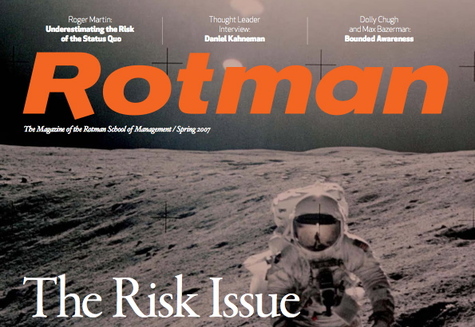I was fortunate to be interviewed by Chris Shipley as part of the Guidewire Group’s Leadership Forum. The topic was "Finding customer zero – identifying the root of contagious behavior in emerging markets". I really enjoyed the session, because the conference itself was small enough where we could all fit in a room and see and hear each other, so very naturally our onstage interview quickly became an audience-wide discussion. Based on work that’s been happening at IDEO and at the Stanford d.school, I suggested a simple (but not simplistic, hopefully) model for designing for contagion:
- Begin with Desire: create an offering that will bring value to people’s lives by starting your process with a focus on their needs. Not on your killer technology. Not on your brilliant business model.
- Weave Sticky Stories: design all of your messages to be stories that are genetically engineered, if you will, to be as sticky and contagious as possible. (more on this in a second)
- Design a System to Spread: it’s not enough to have a great offering with an amazing story. You’ve got to consciously design a system which is uniquely optimized to spread the story about your specific offering.
As you might expect from a crowd heavy with Web 2.0 thinkers, we quickly got into issues of co-creation and open innovation. I only wish we could have spent another hour or two on the topic.
I had an easier time than usual talking through Point Two above because I had an easy out: the next speaker in the lineup was Professor Chip Heath from Stanford’s Graduate School of business. Chip and his brother Dan are about to launch a book called Made to Stick. It’s all about Point Two, so all I had to say was "wait until tomorrow, and listen to Chip". Made to Stick is a perfect companion to two other books which are about designing systems to spread: Malcolm Gladwell’s The Tipping Point and Seth Godin’s Unleashing the Ideavirus. And like those two books, I think Made to Stick is going to be a Big Deal. You can read an excerpt from Dan and Chip’s book here.
What makes Points 1-3 work is a human-centered design process. Genuine, authentic stories about offerings that help people get real jobs done in their daily lives are what work. You get there via design thinking, by putting people at the center of everything you do. To that end, Chip recently joined my company as an IDEO Fellow. He joins our existing Fellows Barry Katz and Bob Sutton. They all lend their specific areas of deep expertise to our design process, and I’m very excited to see what happens with Chip in the mix.
By the way, Dan and Chip will be on the NBC Today Show tomorrow, January 3. They’re scheduled to go on during the 7:30 – 8 AM time slot. A great chance to hear about making stories sticky. They’ve got a good blog going, too.
Update: here’s the Today Show video with Chip & Dan




